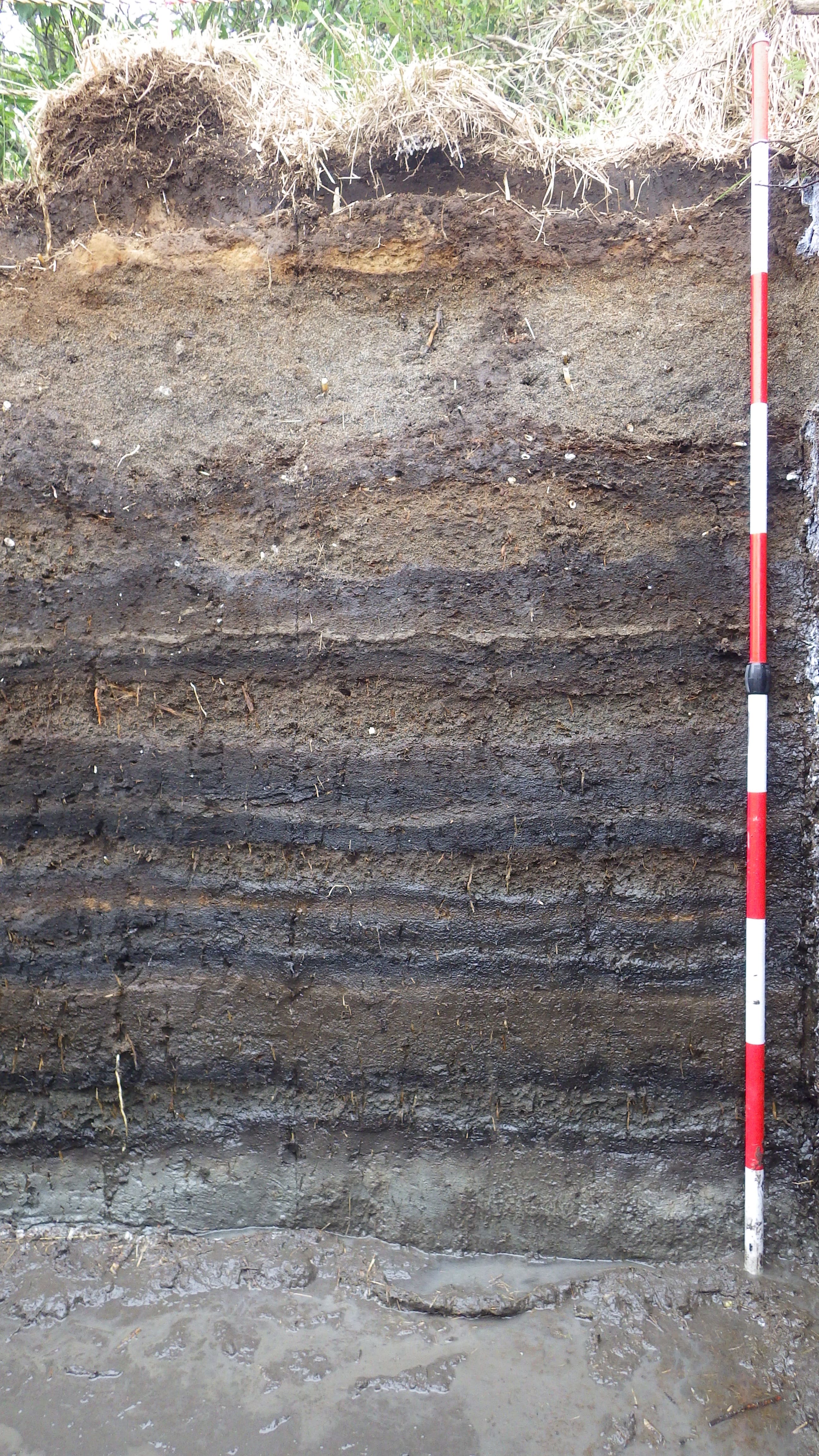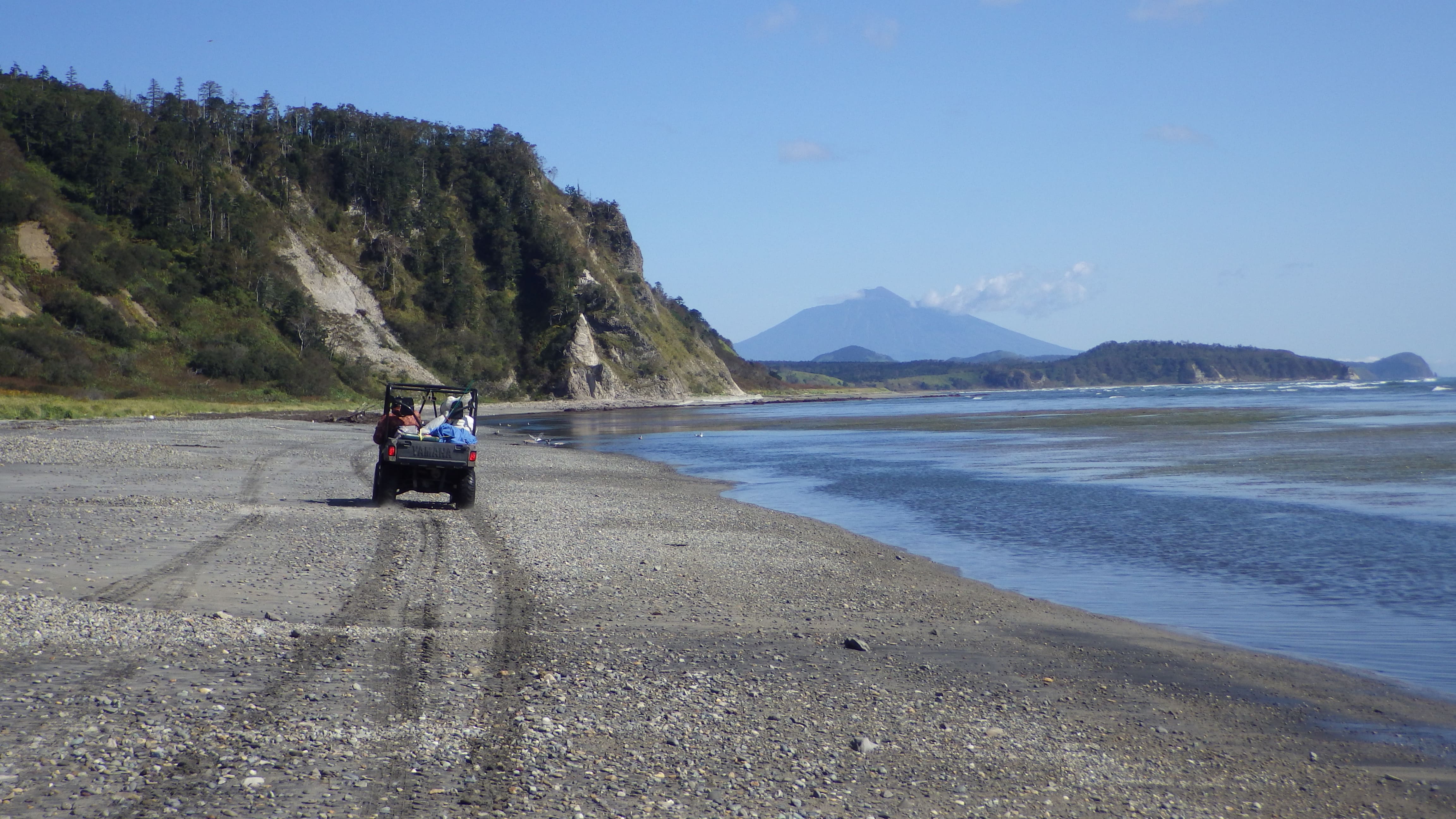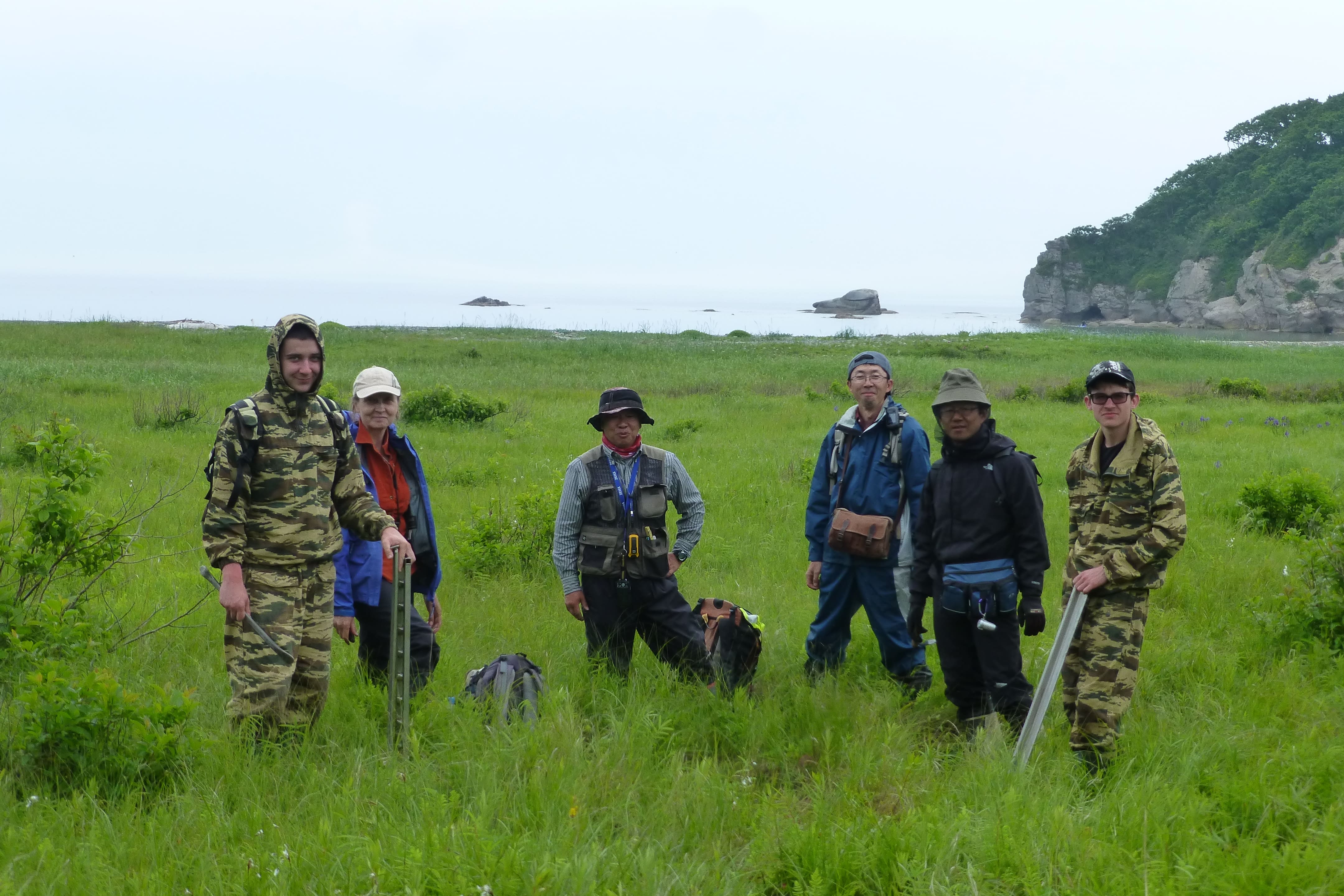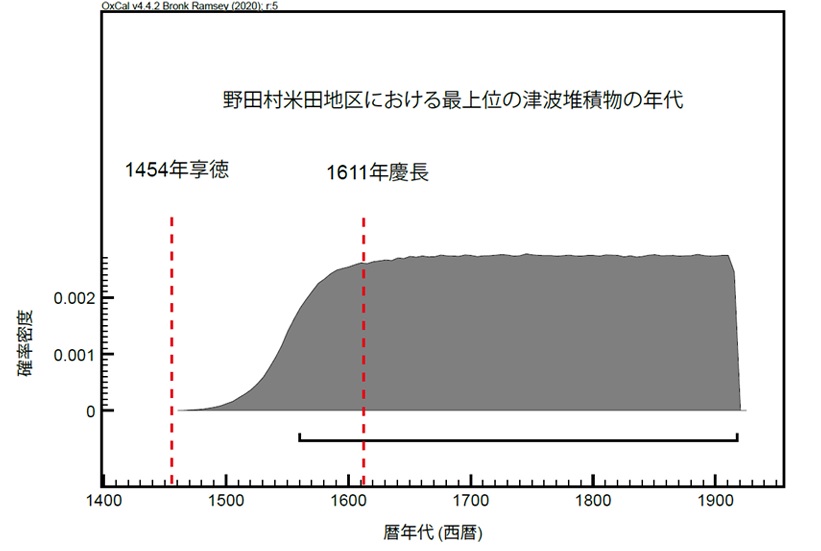NISHIMURA Yuichi
Associate Professor
Paleoseismology: a key to construct the long-term prediction of huge subduction earthquakes
Institute of Seismology and Volcanology, Ocean Bottom Seismology and Tsunami
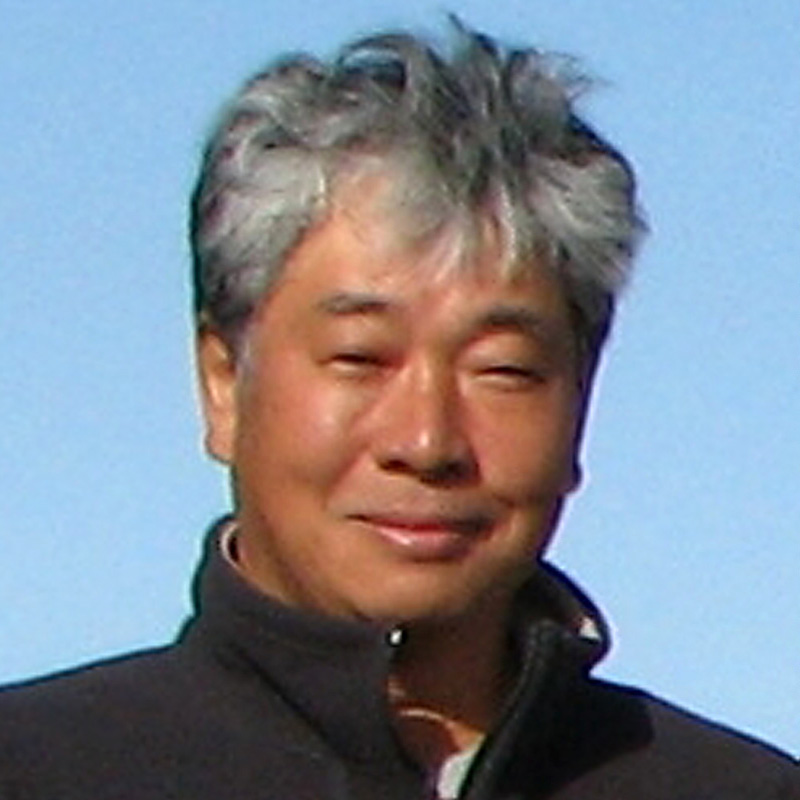
| Theme | We are studying histprical and prehistorical tsunami deposits and liquefaction evidences throgh reviewing the ancient documents and geological fieldwork. |
| Field | Paleoseismology, Tsunami geology, Natural disaster science |
| Keyword | tsunami, tsunami deposit, paleo-earthquake, ancient document, volcanic tephra, peat, liquefaction, sand blow, disaster mitigation, hazard map |
Introduction of Research
We investigate the recurrence features of huge subduction earthquakes and gigantic tsunamis from the traces of tsunami deposits. Along the Kuril trench off the Pacific coast of Hokkaido, the probability of an earthquake accompanied by a huge tsunami is highly considered based on the tsunami geology. Figure 1 shows a trench wall in which we can see 10 tsunami layers in the last 5000 years. The peal of this section is exhibited at the Hokkaido University Museum. Research on tsunami and liquefaction deposits is still a young field. So, it is necessary to advance method to find and identify the evidence and accumulate case studies. In Hokkaido, there are many natural coastal wetlands that are suitable for the survey. Recently, we also conducted the survey in cooperation with Russia in the Kunashiri Island (Figure 2) and the Primorye coast (Figure 3).
Representative Achievements
| Academic degree | Ph.D. |
| Affiliated academic society | The Seismologocal Sciety of Japan, The Volcanological Sciety of Japan, Japan Society for natural Disaster Science, Society of Historical Earthquake Studies |
| Room address | Faculty of Science Building No.4 4-201 |

